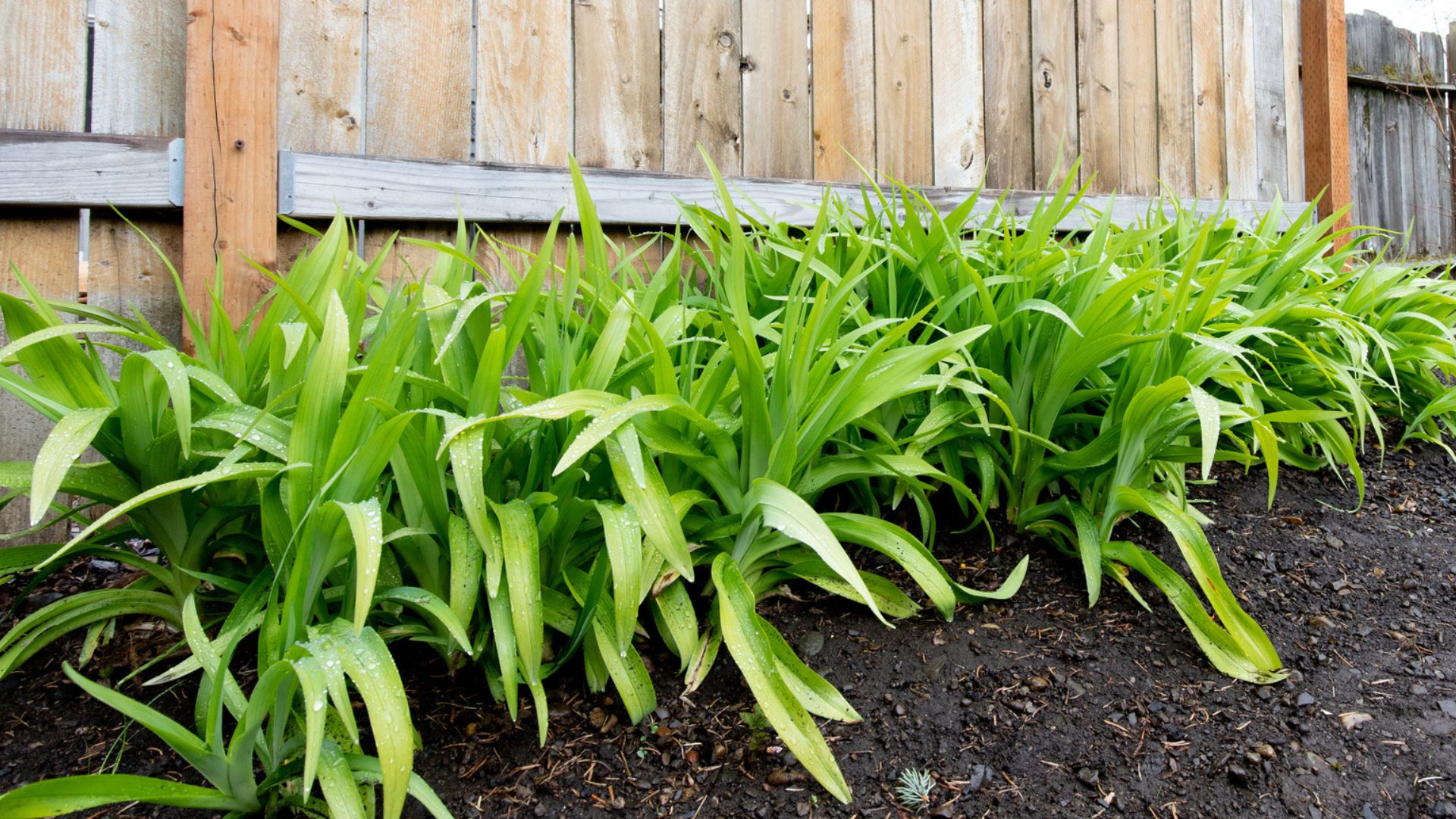Top 5 Plants for Clay Soil


Clay soil, also known as heavy soil, consists of tiny particles that absorb water slowly. The soil becomes sticky and holds the moisture for long periods of time, which means little air is able to permeate the soil. When clay soil finally dries, it shrinks and becomes crusted and rock hard. This presents a serious challenge for gardeners because plant roots are unable to grow in the hard soil, and plants that manage to establish are at risk of becoming waterlogged, which is usually fatal. However, some plants have adapted to clay soil and have a better chance at survival. Here is a list of five plants that tolerate clay soil.
1. Big bluestem (Andropogon gerardii) – This tall prairie grass thrives in poor soil and doesn’t do well in rich garden soil. The plant, which reaches heights of 5 to 6 feet, puts on a real show in autumn, displaying colors that may include red, orange, bronze and gold. Big bluestem is suitable for planting in USDA plant hardiness zones 2 through 7.
2. Daylily (Hemerocallis spp.) – A dependable perennial that tolerates a variety of difficult conditions, daylily thrives for years with very little attention. Daylilies are spectacular in borders or mass plantings and work as an effective soil stabilizer on difficult slopes. This rugged plant grows in zones 4 through 9.
3. Flowering crabapple (Malus spp.) – If you’re having a difficult time finding ornamental trees that tolerate your clay soil, crabapple is a good candidate. Flowering crabapple is a profuse bloomer, with flowers of white to coral, deep pink, rosy red or crimson, depending on the variety. Crabapples are generally hardy in zones 4 through 7, although some types tolerate much chillier (or warmer) temperatures.
4. Bee balm (Monarda spp.) – This old-fashioned perennial tolerates heavy soil, and as a bonus, attracts hummingbirds, bees and butterflies to the garden. Bee balm, hardy to zones 4 through 9, comes in a wide range of vibrant colors, including white and various shades of vibrant pink and red.
5. Yucca/Adam’s needle (Yucca filamentosa) – Yucca is often thought to be strictly a desert plant, but it actually grows beautifully in zones 4 through 11. Although yucca is attractive year round, the tall spires of waxy, creamy yellow blooms are especially stunning.
Gardening tips, videos, info and more delivered right to your inbox!
Sign up for the Gardening Know How newsletter today and receive a free copy of our e-book "How to Grow Delicious Tomatoes".

A Credentialed Garden Writer, Mary H. Dyer was with Gardening Know How in the very beginning, publishing articles as early as 2007.
-
 Zinnias On Repeat: 10 Glorious Cut-And-Come-Again Varieties For Endless Summer Bouquets
Zinnias On Repeat: 10 Glorious Cut-And-Come-Again Varieties For Endless Summer BouquetsThese zinnia varieties keep giving all summer, making them the perfect choice for dedicated cutting gardens – or just the occasional homegrown bouquet.
By Ellen Wells
-
 Create A Romantic Garden Straight Out Of Bridgerton: Regency Era Romance In Your Garden
Create A Romantic Garden Straight Out Of Bridgerton: Regency Era Romance In Your GardenTry some romantic garden ideas straight out of Bridgerton. Flowers and gardens in the Regency era were lush and charming and you can get the same look!
By Bonnie L. Grant